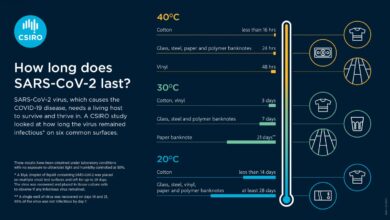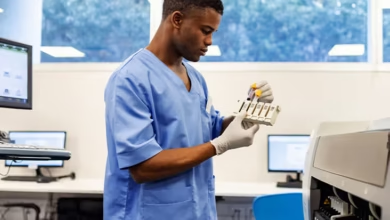Dialysis: A Lifesaver for Failing Kidneys

Understanding Kidney Function and Failure
Before diving into dialysis, let’s quickly recap the role of your kidneys. These bean-shaped organs, nestled deep within your body, are your body’s natural filtration system. They efficiently filter waste products, excess fluids, and toxins from your blood, maintaining a delicate balance within your body.
However, when your kidneys start to falter, this delicate balance is disrupted. Kidney failure, a condition where your kidneys lose their ability to function properly, can be caused by various factors such as diabetes, high blood pressure, chronic kidney infections, and certain autoimmune diseases.
As kidney function declines, waste products accumulate in your blood, leading to a host of health problems. This is where dialysis steps in to lend a helping hand.
What is Dialysis?

Dialysis is a medical treatment that replaces the function of failing kidneys. It’s a life-saving procedure that removes waste products and excess fluid from your blood when your kidneys can no longer do so effectively.
There are two primary types of dialysis:
- Hemodialysis:
- The Process: In hemodialysis, your blood is pumped out of your body through a tube, often called a fistula or graft, into a dialysis machine. This machine filters your blood, removing waste products and excess fluid. The cleaned blood is then returned to your body.
- Frequency: Hemodialysis sessions are typically done three times a week, each lasting several hours.
- Setting: Hemodialysis can be performed in a dialysis center or at home with a specialized machine.
- Peritoneal Dialysis:
- The Process: Peritoneal dialysis utilizes your abdomen as a natural filter. A special solution, called dialysate, is infused into your abdomen through a catheter. This solution absorbs waste products and excess fluid from your blood. After a specific period, the solution, along with the waste products, is drained out.
- Frequency: Peritoneal dialysis can be done daily, either manually or automatically.
- Setting: Peritoneal dialysis is primarily performed at home, offering greater flexibility and convenience.
The Dialysis Process: A Closer Look
Whether you opt for hemodialysis or peritoneal dialysis, the underlying principle remains the same: to mimic the function of healthy kidneys.
Key Steps Involved in Dialysis:
- Access Creation: Before starting dialysis, you’ll need a way to connect to the dialysis machine. This involves creating a vascular access point, which can be a fistula, a graft, or a catheter.
- Dialysis Session: The dialysis session itself involves filtering your blood to remove waste products and excess fluid.
- Post-Dialysis Care: After the session, it’s crucial to monitor your blood pressure, weight, and overall well-being.
Living with Dialysis: A New Normal
Living with dialysis is a significant adjustment, but it’s entirely possible to lead a fulfilling life. Here are some tips to help you adapt to your new routine:
- Dietary Considerations: A kidney-friendly diet is essential to manage your condition. Consult with a registered dietitian to create a personalized meal plan.
- Fluid Intake: Monitoring your fluid intake is crucial to prevent fluid overload.
- Medication Management: Adhere to your prescribed medications to manage your blood pressure, anemia, and other potential complications.
- Regular Check-ups: Schedule regular check-ups with your nephrologist to monitor your kidney function and overall health.
- Emotional Well-being: Seek support from friends, family, or support groups to cope with the emotional challenges of living with dialysis.
Potential Complications of Dialysis
While dialysis is a life-saving treatment, it’s not without potential complications. Some common complications include:
- Infection: Dialysis access sites are susceptible to infection.
- Muscle Cramps: Changes in electrolyte levels can lead to muscle cramps.
- High Blood Pressure: Dialysis can affect blood pressure regulation.
- Bone Disease: Dialysis can impact bone health.
- Anemia: Reduced red blood cell production can cause anemia.
The Future of Dialysis: A Glimpse into the Horizon
Researchers and medical professionals are continually working to improve dialysis treatments and explore innovative approaches. Some promising developments include:
- Implantable Artificial Kidneys: These devices aim to mimic the function of natural kidneys, providing a more convenient and efficient option.
- Regenerative Medicine: Scientists are investigating ways to repair damaged kidneys using stem cell therapy and other regenerative techniques.
- Advanced Dialysis Techniques: New techniques, such as hemodiafiltration, offer more efficient blood filtration.
Conclusion
Dialysis is a remarkable medical advancement that has transformed the lives of countless individuals with kidney failure. While it’s a significant commitment, it offers a lifeline and allows people to live relatively normal lives. By understanding the intricacies of dialysis, adhering to treatment plans, and seeking support, individuals can navigate the challenges and embrace a hopeful future.



